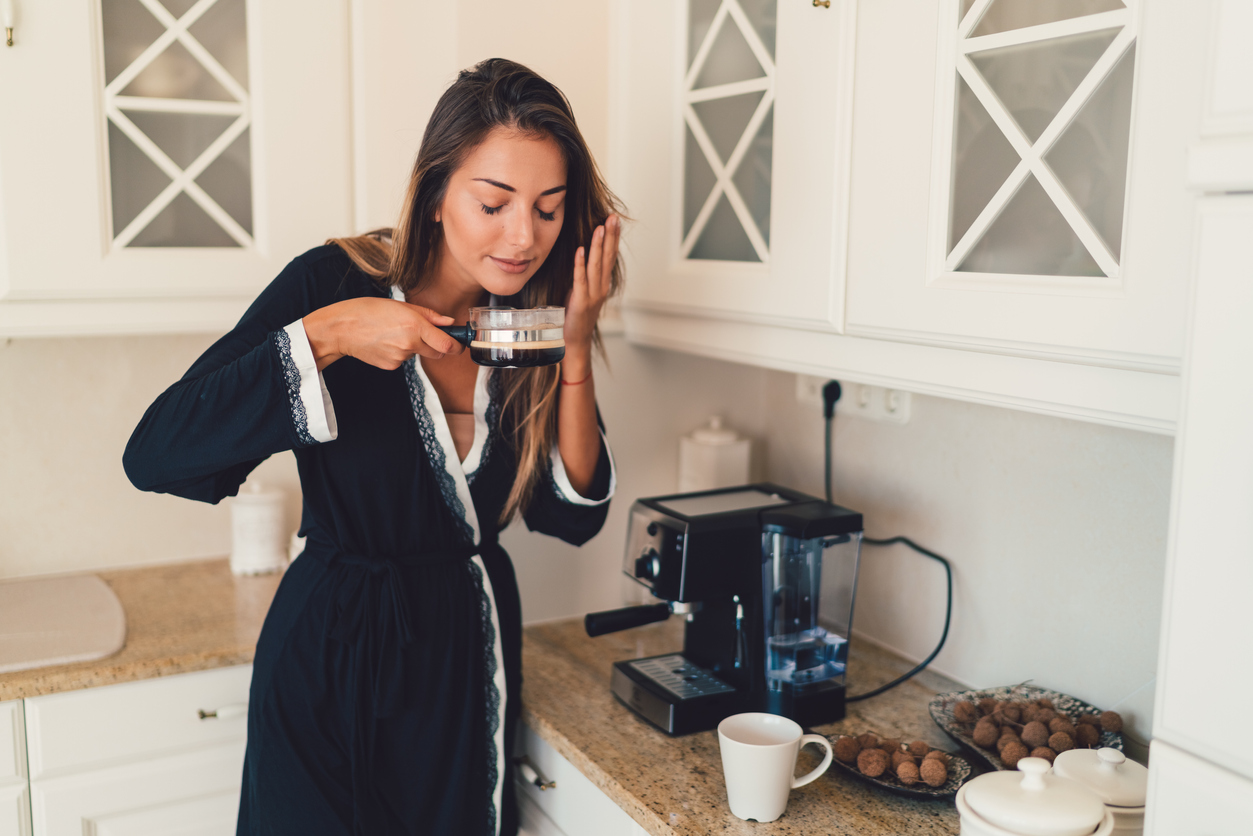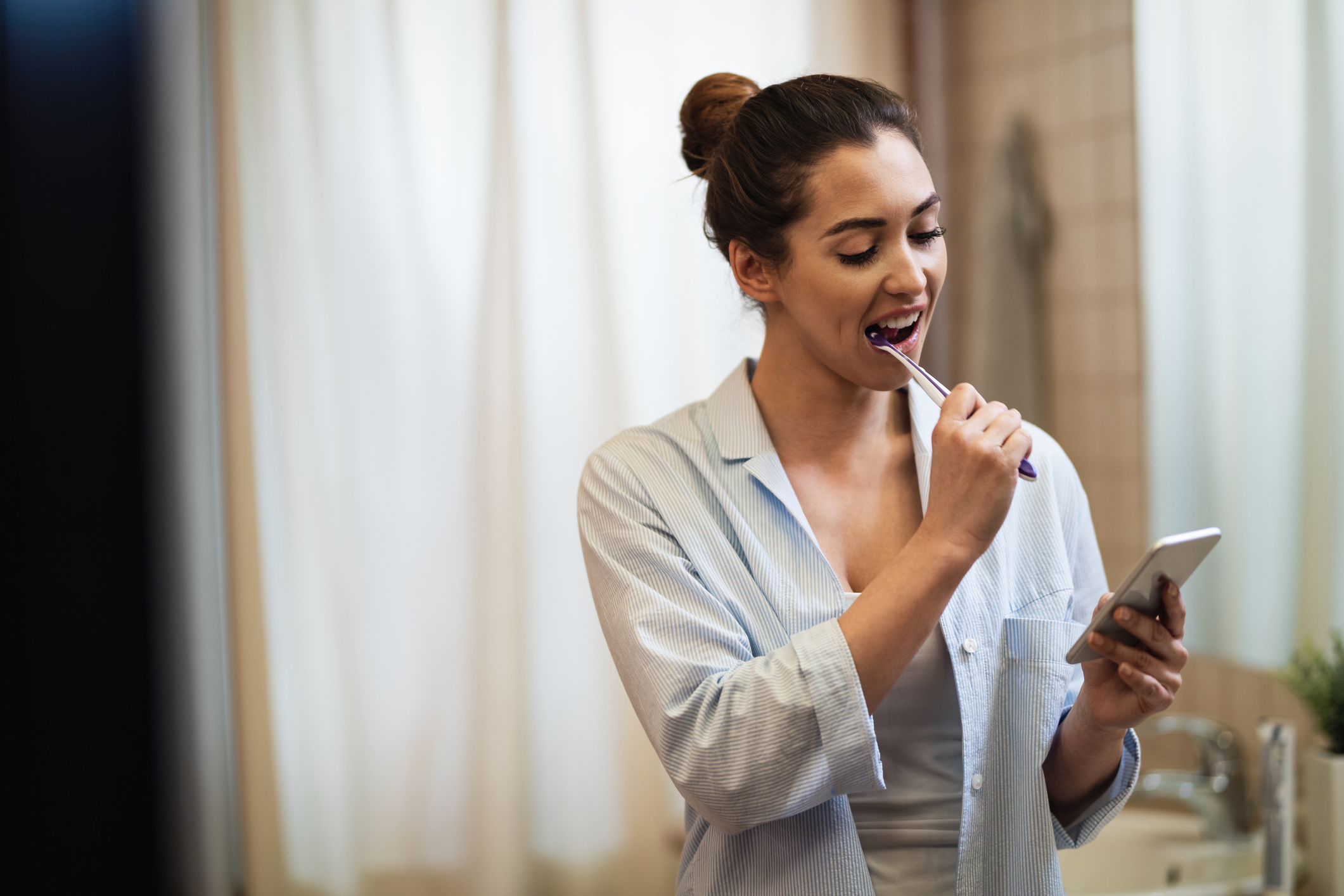Consumer Sensory Insights: Unlocking Consumer Preferences With Sensory Testing

Have you tried the barbeque Payday bar? How about Frito-Lay’s biscuits and gravy potato chips? Or the “Veltini,” a martini made with Velveeta-infused vodka?
These off-the-wall combinations made headlines for their creators. But how do you know whether a consumer packaged goods (CPG) product will sell? Your innovation team might love it, but will consumers?
You can find out by running consumer sensory tests.
What Is Consumer Sensory Testing?
Consumer sensory testing is a research approach that asks consumers to rate and describe products based on how they look, feel, taste, or smell. Qualitative sensory testing enables CPG companies to assess a product’s:
- Appearance. Is an energy bar a warm chocolatey brown or does it look like something you’d avoid stepping in? Is a “bite-sized” snack too large or too small?
- Smell. Does a detergent have a light floral scent or is it overpowering or cloying? Does a frozen meal smell delicious or does it evoke memories of the school cafeteria?
- Taste. For foods and beverages, how spicy is too spicy? How sweet is too sweet?
- Texture. Is a cookie delightfully crunchy or too hard to bite into? Is a drink pleasantly fizzy or painfully so?
- Overall feel. Is a roll of paper towels soft or scratchy? Does a spray-on sunscreen dry easily or does it leave a sticky residue?
While consumer sensory testing is frequently applied in the food and beverage context, it’s also useful for other CPG products, as you may have noticed in the examples above.
But aren’t research teams capable of evaluating whether a product smells or looks good? Why do companies need to involve consumers?
Why Sensory Research Is Important for the CPG Industry
Many CPG companies—especially those that produce foods and beverages—already use expert sensory testing in their quality assurance and quality control processes. Expert sensory research may be used to evaluate the shelf life of a packaged food or assess whether a product has an off flavor.
Consumer sensory research has a different purpose. It’s not about measuring products against established standards; it’s about discovering what resonates with average consumers.
Consumer sensory testing is useful in:
- Modifying existing CPG products. Can a company change its formulation to use lower-cost or more readily available ingredients—without sacrificing the product’s quality or consumers’ current expectations?
- Innovating and developing new products. Will consumers enjoy a different scent of shampoo or a different flavor of coffee?
- Designing packaging. What type of package will best preserve a scented product’s aroma, while allowing shoppers to test it in the store?
- Creating effective marketing campaigns. How should a company pitch its products so consumers know what they’re buying?
- Expanding markets. How can a company translate its products to different geographic markets or appeal to different audiences?
Best of all, consumer sensory testing is easy to implement.
How to Unlock Meaningful Consumer Sensory Insights
Get the most out of your consumer sensory testing with these three helpful tips.
- Use mobile video technology to see and hear consumers’ genuine reactions. Body language is tremendously important for interpreting sensory perceptions. When you connect with test subjects via video, you can see their fleeting initial expressions and their subconscious physical reactions to a product. Plus, video allows consumers to explain their experiences in their own words.
- Gather both quantitative and qualitative data. In addition to qualitative sensory testing data about consumer preferences and motivations, be sure to collect quantitative data about how often people use products and how much they use at a time. That doesn’t have to be time-consuming or difficult for researchers or consumers; modern technology enables in-home usage tests (IHUTs) with passive data collection.
- Test products where consumers will use them. If you’ve primarily used traditional market research approaches, you might be accustomed to bringing consumers into an office to test products. But modern technology frees you from those constraints. Mobile technology lets you communicate with consumers as they shop for and use products—at any time of day and in their natural environment—which gives you much more accurate information.
Modern Technologies Are the Key to Effective Consumer Sensory Testing
When you want to find out how consumers experience your products, turn to QualSights. We enable personal connections with consumers—wherever and whenever they shop for and use products—through our mobile qualitative insights platform. We back that up with accurate and precise quantitative data from our connected product consumption intelligence coasters, which passively measure product usage around the clock.
Ready to unlock powerful, authentic consumer sensory insights? Contact us to set up a demonstration.
 Research Industry Insights
Research Industry Insights 

